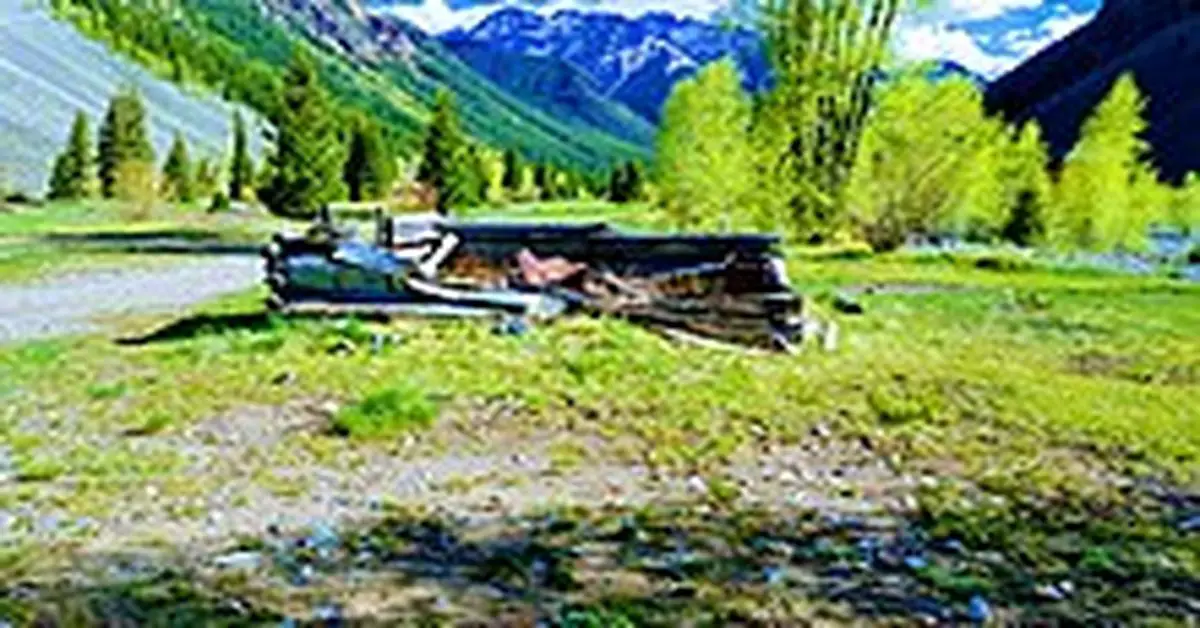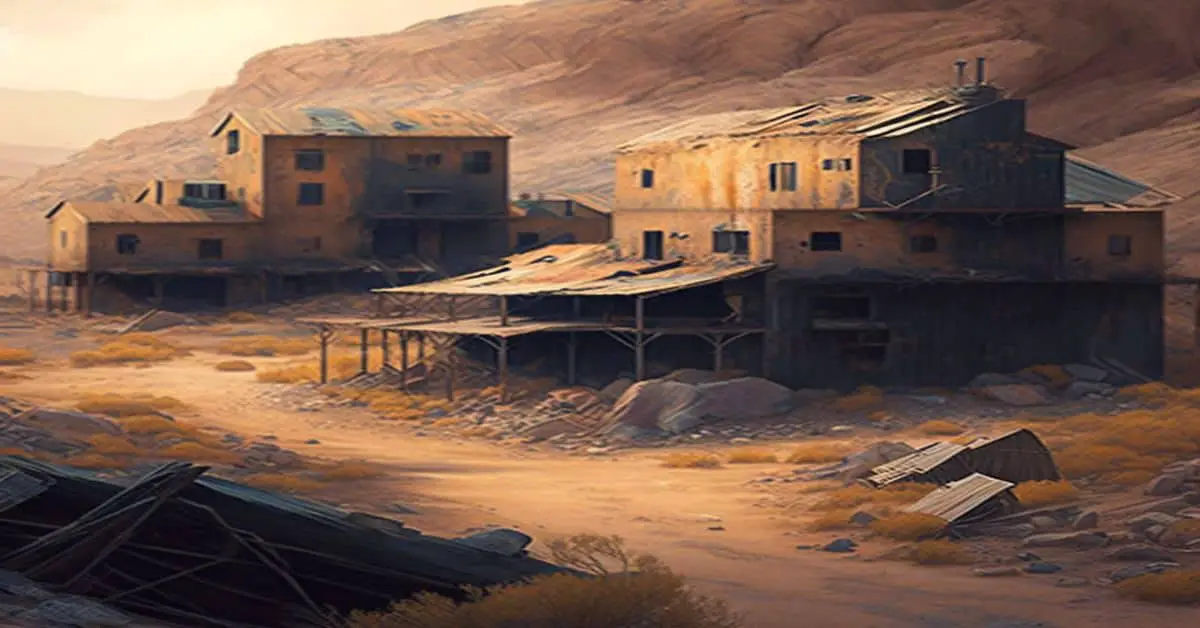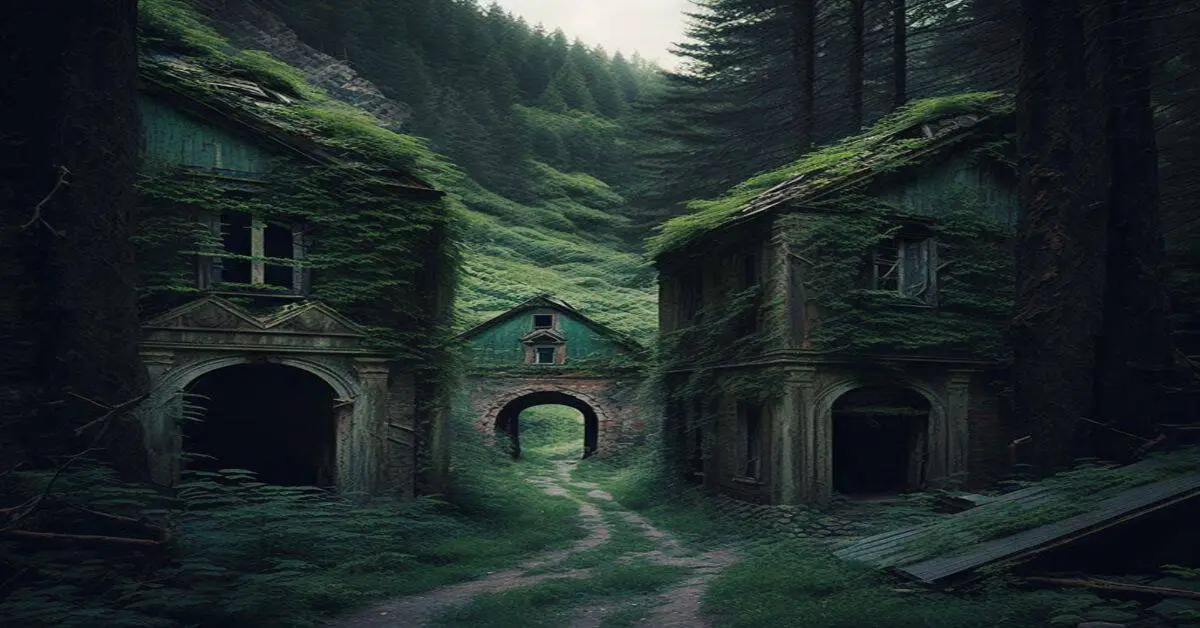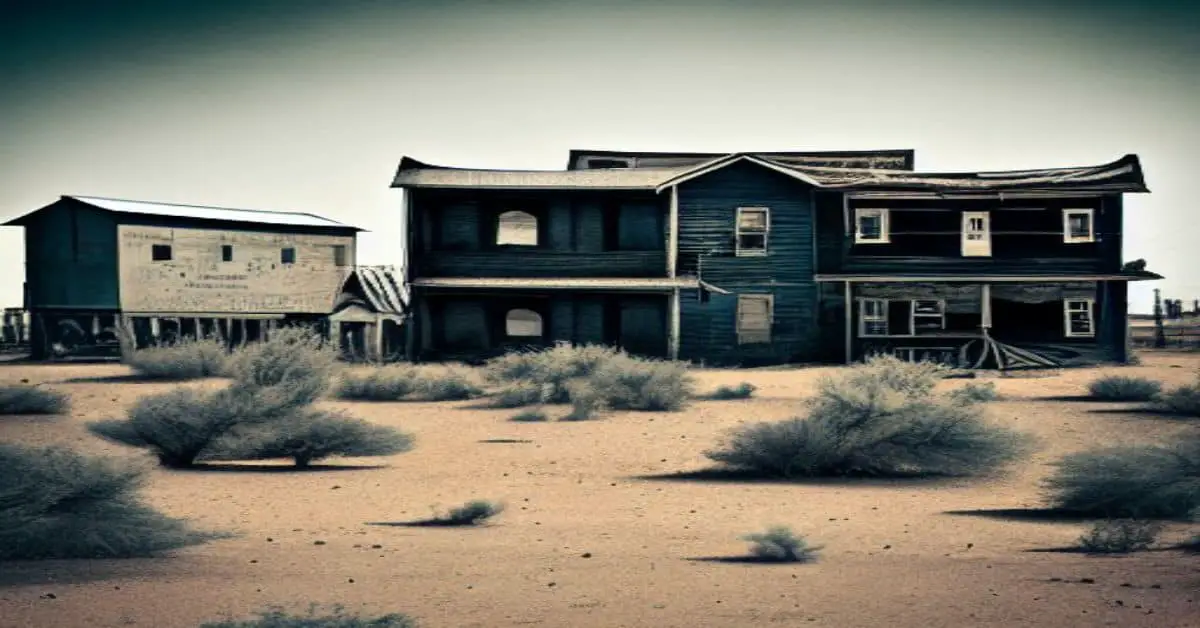Eureka, Colorado, San Juan County is a enchanting ghost town nestled in the rugged terrain of the San Juan Mountains. Once a bustling hub during the silver mining boom, Eureka now stands as a silent reminder of the past, drawing adventurers and history enthusiasts alike. Below is detailed information about the town.
County: San Juan County
Zip Code: Not available
Latitude / Longitude: 37.8875° N, 107.5931° W
Elevation: Approximately 9,862 feet (3,006 meters)
Time Zone: Mountain Time Zone (MT)
Established: Around 1875
Disestablished: Not formally disestablished, but largely abandoned by the early 1940s
Comments: Eureka was primarily a mining town that thrived during the late 19th and early 20th centuries due to the area’s rich silver deposits.
It was part of the larger San Juan mining district, which attracted settlers and prospectors looking to strike it rich. The town was connected by rail to Silverton, facilitating ore transport and supplies.
Remains: Several structures still stand in Eureka, including remnants of mining equipment, building foundations, and parts of the old railroad grade.
Some of the most notable remains are the old boarding house and the ruins of the Sunnyside Mill, which processed ore from the surrounding mines.
Current Status: Eureka is now considered a ghost town, with no permanent residents. It is accessible to visitors and is often explored by hikers, off-road enthusiasts, and history buffs. The site is on private land, so visitors should respect property boundaries and adhere to any posted guidelines.
Remarks: Eureka, Colorado, offers a captivating glimpse into the mining history of the American West. Its remote location and the preserved remnants of its past make it an intriguing destination for those seeking to explore the relics of a bygone era.
The town’s high elevation and rugged terrain add to its allure, providing a sense of adventure for those who venture into its historic landscape.



